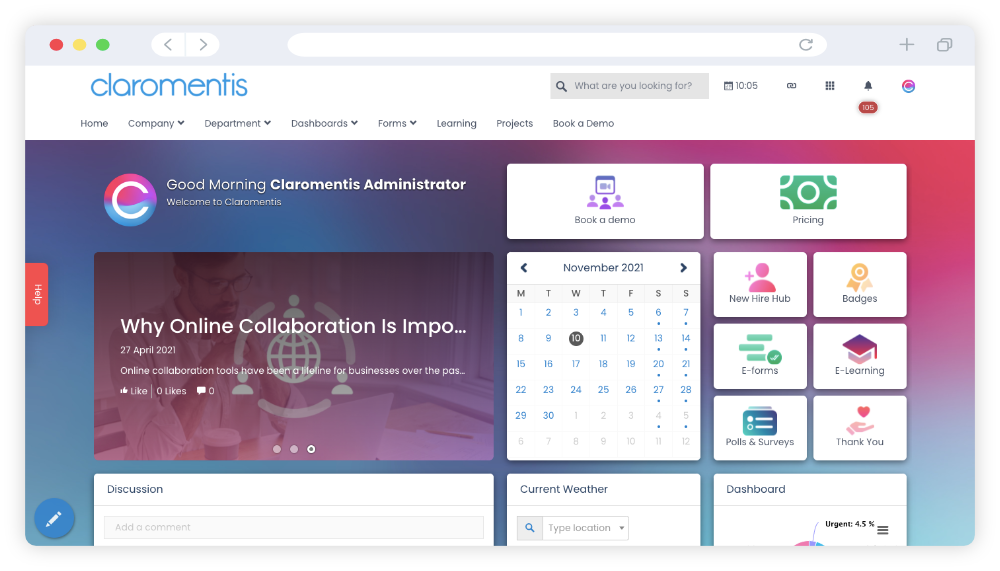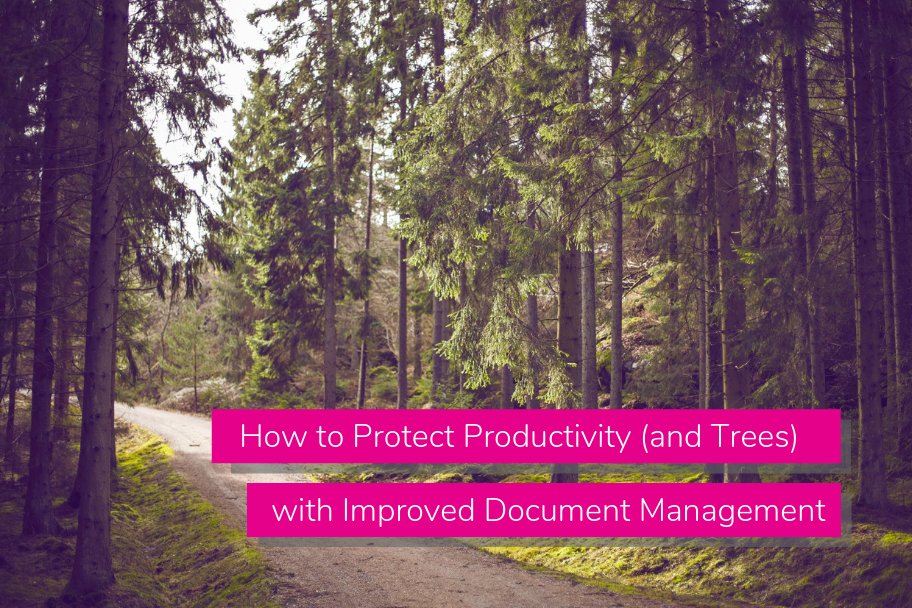Virtual or physical documents are a common feature of all businesses, large, small, global, or local.
Despite the much-heralded virtues of the digital workplace, paperless offices are not as widespread as they should be. Many companies are still buying paper in bulk, keeping office printers busy, and storing documents in office furniture. For smaller ventures, it’s estimated that the cost of all this is in excess of £14,000 every year.
Yet, reliance on technology to generate e-forms, reports, communications, and data analysis updates is incalculable. As a glimpse into this figure, there are over 500 billion Microsoft Office documents created each year.
Now try to visualise the total sum of digital documents your company is likely to use in the next 12 months.
Effective document management is becoming an ever more intense business imperative. Particularly as creating, storing and tracking data is likely to be a cumulative challenge as the digital age advances.
Document software solves the problem, right?
Yes – but it needs work. There’s a tendency to imagine that having company intranet software that integrates and connects all document creation, access, and disposal is the “be all and end all” of efficiency. Your business systems are now supported by a seamless end-to-end flow of data, and the digital workplace saves both trees and the hassles of working with paper chases and confusion.
But – even the most intuitive and well-configured intranet software is only as effective as the company who uses it!
In fact, without proper planning and care, your digital document situation has the potential to be even worse than the “old days” of filing cabinets, brown folders and piled up in-trays.

Ah the good old days of traditional document management… 👀
There’s no doubt that document management software within the digital workplace offer vital and valuable benefits. But, if they are mismanaged, they can create added work, slowing staff down instead of making them more productive!
Digital document protocols and policies
You can create and file an infinite range of e-forms, reports, plans, images and even audio files within your digital workplace; but that doesn’t mean your entire team should have a free pass to “go wild” in generating documents.
Even the best intranet software can become choked if the data it shares throughout your organisation grows to epic proportions.
One of the simplest ways to prevent a data tsunami is to build barriers and control systems within document management tools. For example, having clarity on which members of your team are authors of documents, who their output can be shared with, and designating responsibility for housekeeping on a regular basis.
A team fully trained in the use of your document management tools and systems should also naturally ensure that all documents are effectively date stamped for disposal, and include appropriate search tags. More on this later.
Dashboards and tracking systems
A digital workplace should provide each staff member with their own personal cyber “desk”, a dashboard that displays all their roles and responsibilities.

Personal dashboards help staff get to grips with their roles and responsibilities
Within this would be their document management authorisations and limits.
To be truly effective in supporting efficient document management, each work station should enable staff to edit and comment, within flawless change tracking systems. Version control and audit history capabilities
Searchability within document management
One of the most common failings of digital workplaces is that they become so data-rich that finding key facts, figures and instructions becomes the proverbial needle in a haystack.
According to one report, your staff could potentially be spending almost 20% of their working week (so one day) just on the process of trying to track down the information they need! This represents millions of pounds of lost productivity. Clearly, wasted time on that scale must be avoided.
Properly configured document management tools within intranet software – and stringent policies – avoid log jams and lost data, ensuring staff don’t have to click around wildly trying to find the right e-form, report or notification.
Much of this comes from having a system with sufficient capacity to add searchable tags to documents, delivered in a way that’s easy and natural for your staff to adhere to on a daily basis.

Searchable tags make finding documents so much easier 👍
The right software should be consistently putting the latest information to the top of “data piles” and message streams too, making communication and collaboration in real time seamlessly efficient.
Stop killing trees
Lastly, this may sound common sense but it’s well worth pointing out. As we mentioned earlier, the paperless office is not a reality for many companies. In fact, as data resources and collaborative opportunities gather pace via intranet software, the office printer could be busier than ever.
It’s a natural human instinct to print everything off – as many people find having a “hard copy” reassuring, or even easier to read.
But as the effort to reduce waste and resources increasingly gains momentum, it’s high time that the printer is given a rest and paper copies are discouraged.






